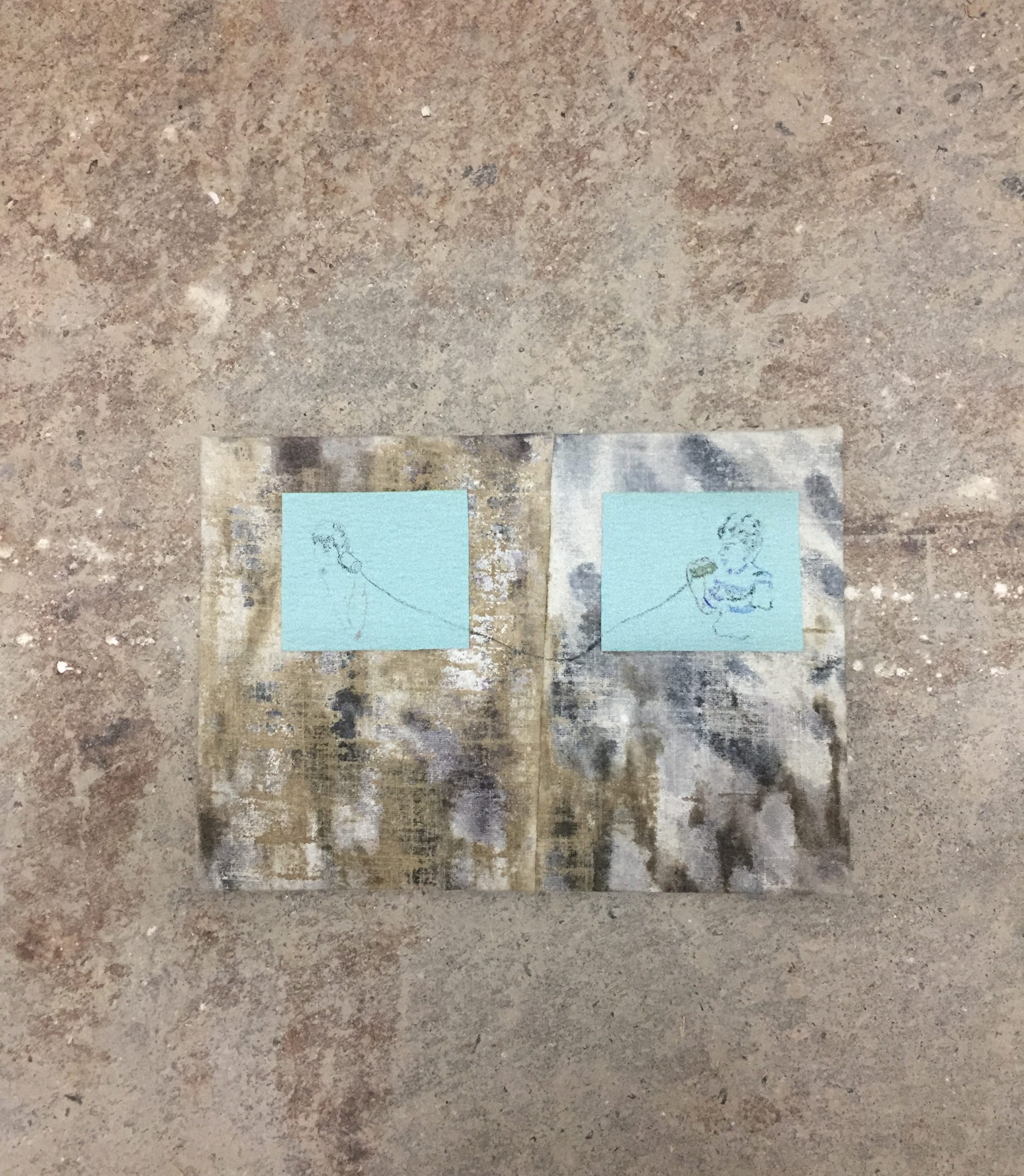Contents
- Mudang and Revolution: Korean Shamanism and the Role of Culture in the Struggle for Reunification
- These will just be places to me now
- The Russia Expert
- Sonic Ecofiction: Electronica Re-joins the Real World
- Mixtape: Tyler Nuffer’s “Anomalous Worlds”
It is with little delight that we make the observation that the theme of this issue—broadly, the relationship between sound and place—has taken on a prescient meaning for many of us over the past month. As a pandemic sweeps around the globe and wriggles its way into every crevice and corner of our lives—from where we may go, to the news we consume, to the conversations we have, to the music we listen to, and the jokes we make—we find ourselves interrogating what place really means to us.
Many of us are rediscovering that a small corner of a room can be a vital hub from which our world expands outwards. By reading books, streaming live events, videoing with loved ones and coworkers alike, and even starting our own virtual islands with rotund talking animal friends oblivious to our global catastrophe, we begin to encounter spaces that we might walk right past when business is as usual. Every line on a page, every seat in the home, and every fold in our own skin becomes a world worthy of exploration so long as we have the time and peace of mind to explore it.
These small sites of exploration belie, however, the recent and somewhat traumatic collective realization that many of the places we frequently moved between now exist only in our memories, many of them, perhaps, never to be visited again. Severed from our immediate surroundings, people have been globally bound by this calamity, suddenly looking to other countries as bodies against which we can evaluate our own and develop techniques alongside as this unprecedented event shatters norms for measuring national health and economic strength.
Many of us in the U.S. have also come to understand in a new way the very reality of the shaky foundation that our lives rest upon. Or, if this understanding is not so new—as is the case for many on the left—some of us have been able to point and grimly shout what we’ve been shouting all along, only to have it fall on bipartisan ears as unhearing and stubborn as they have always been.
When this issue’s cycle began three months ago, none of our writers could have predicted the scope or severity of this pandemic or the resulting collapses of space, and yet—as many of the problems we are facing under the pandemic are simply pre-existing structural failures heightened and emphasized by disaster—, we find in each article a conceptualization of place and sound that in some way resonates with life today.
Writer Jude Noel’s piece on environmentalist electronica, for example, demonstrates that for several artists working today, the limitations of the cyber-scape actually provide the ideal grounds for reclaiming the real world from the control of streaming platforms and big tech. By beginning with a critique of the shortsightedness of some tech-minded electronic music of the past decade, Noel redirects attention away from Silicon Valley and reminds us of the internet’s global scale and capacity. To be “post-internet,” in other words, does not necessarily entail a surrender of reality to Zoom, Spotify, Netflix, and Instagram (Facebook). A removal from these forces can allow a focus on the immediate and small, which is always already global.
Tyler Nuffer’s mixtape for this issue, Anomalous Worlds, offers a compatible vision: lonely, stretched-out melodies recorded with acoustic instruments on tape. We hope you will linger with it for a bit and find a space to let thoughts and breath span outwards, building worlds and opening space within.
Field recording practices have taught us that so often, our sense of place intersects with sound through our memories. Lydia Roberts’ essay about the soundscapes of her travels to Solovetsky, Russia is as strong an affirmation of this relationship as one could want, and yet it is important to note that in many such recollections, the object of one’s fixation—the sounds themselves—remain just out of reach even when committed to tape. For Alex Brown, another of our writers, personal memories of Wisconsin winters are not just triggered by but intertwined with the recorded sounds of Justin Vernon’s project Bon Iver and his own experience of these same winters. Vernon’s artistic fingerprint becomes a capsule which not only exports place, but begs one to recollect that place with nostalgia, fondness, and melancholy. In both essays, sound is a vessel of place, and writing, here, is the reconstructive force.
Beyond the personal, sonic memory operates on a sociopolitical scale, and this is the scale on which Sunik Kim sets out to explore the Korean popular movement’s—the minjung—adoption of traditional Korean shamanic practices for their historically ill-fated revolutionary aims. By considering shamanism as a varied subjective and affective cultural practice, Kim helps us consider how other sound-based practices (namely, music and sound art), which are interwoven into the very fabric of capitalist culture, deserve our attention if we wish to understand the ritual culture surrounding them and how that culture may bolster real change greater than escape and rejuvenation. This is important for any participant in culture to consider in a moment when our cultural infrastructure has been forced towards radical change and many of us may wonder how that change can make it better suited for political action beyond it.
Cover Image: Persia Phillips, “heard it through some sort of vine,” Oil, color pencil, graphite, and sandpaper on linen (2020).
